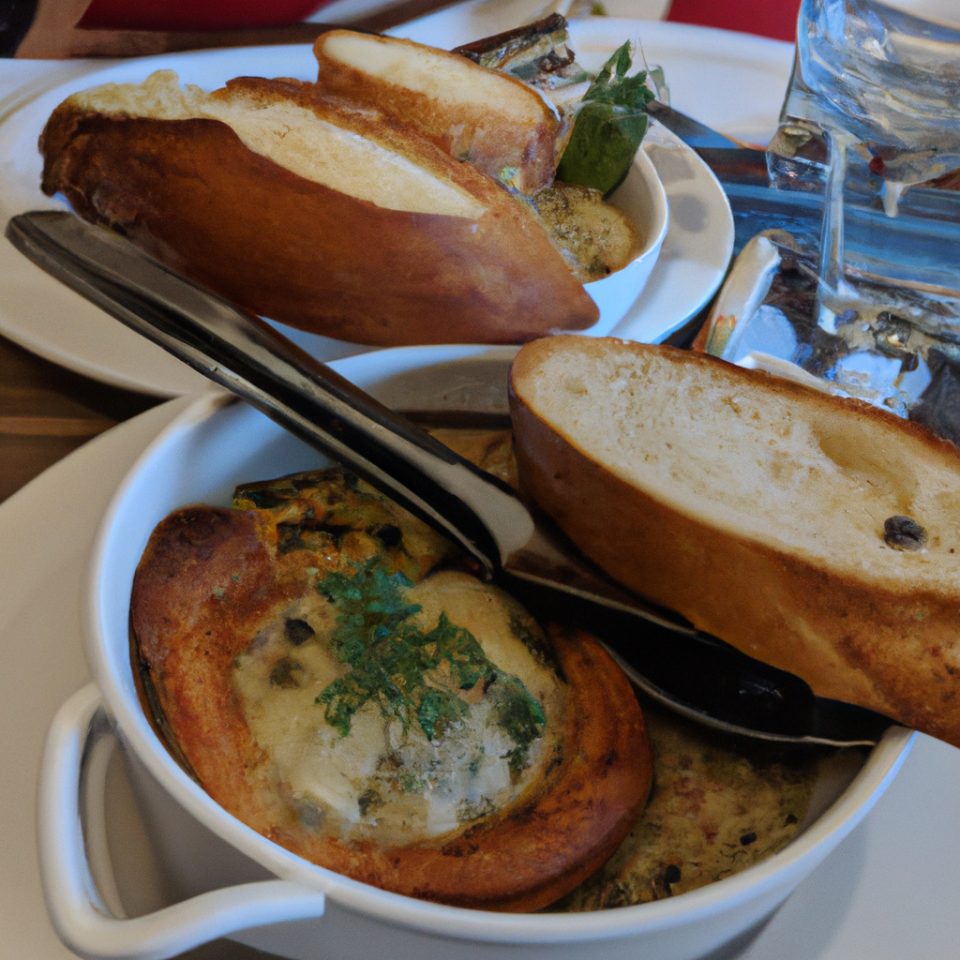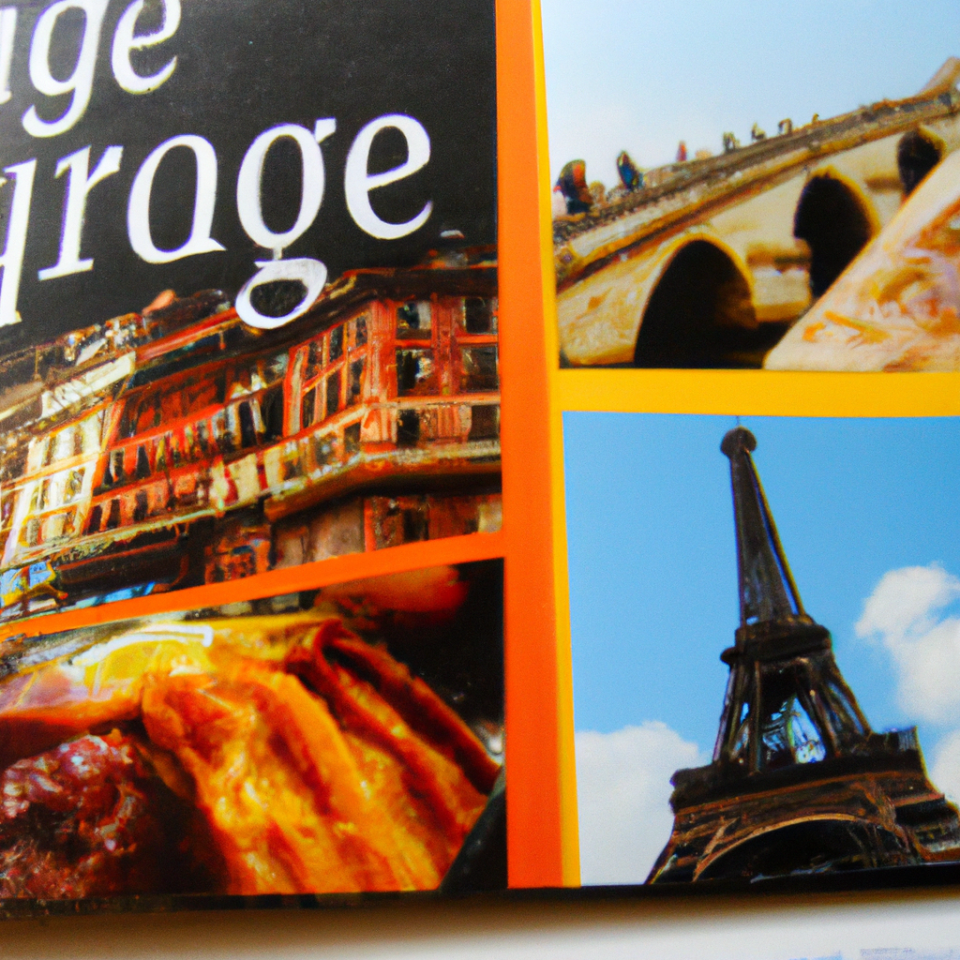Exploring France: Unforgettable Sites and Delicious Cuisine
France is one of Europe’s great treasures, boasting breathtaking landscapes and rich culture. It is a country that offers something for every traveller: fantastic cities, exquisite cuisine, and plenty of exciting activities to enjoy. Let’s take a look at all the delightful possibilities for those yearning to explore France.
Unforgettable Sites
France is home to some of the most iconic landmarks in the world:
- Eiffel Tower: An iconic symbol of Paris and one of the most visited sites in the world.
- Notre-Dame: An iconic, and incredibly beautiful, gothic cathedral in Paris.
- Chateaux De Versailles: An exquisite manicured garden and palace located outside of Paris.
- Mont Saint-Michel: An imposing abbey and fortress perched on an impressive rock formation.
- Carcassonne: An incredible hilltop fortress with quaint stores and cobbled streets.
Delicious Cuisine
Of course, with all of that sightseeing, you’ll need to eat. France is home to some of the world’s best and most celebrated cuisine. From decadent pastries to hearty wines, here are just a few of the culinary delights that await you:
- Croissants: Flaky, buttery pastries that often accompany morning coffee.
- Baguettes: Prime examples of French bread made with wheat flour, salt, and water.
- Coq au vin: A classic French stew made with chicken, mushrooms, and plenty of wine.
- Ratatouille: A colourful vegetable stew made with zucchini, eggplant, onions, and peppers.
- Cheese: France is home to some of the most delicious and diverse cheeses in the world.
Whether you’re looking for a romantic getaway or an exciting adventure, France has plenty to offer. With unforgettable sites and amazing cuisine, you’re sure to have an unforgettable experience.
How have French culinary traditions evolved over time?
French culinary traditions have evolved considerably over time. During the Middle Ages, French cuisine was heavily influenced by the cuisine of northern Italy, with influences from Middle Eastern cultures coming later on. With the rise of France as the cultural and culinary center of Europe, French cuisine began to be heavily influenced by region- and city-based culinary practices.
From the 1600s to the 1800s, regional cuisines became increasingly popular. Confectionary traditions, like macarons and croissants, were developed while dairy products, such as brie, developed their French recognizability. In the late 1800s, chefs like Marie-Antoine Careme and Auguste Escoffier laid down the basis for French haute cuisine, a style of haute cuisine that focused on elaborate meals and presentation that helped shaped the foundation for modern French cuisine.
In the 20th century, nouvelle cuisine revolutionized French cooking with techniques like poaching, marinating, and braising more vegetables. The emergence of this style led to a new interest in regional French dishes and an appreciation for their local flavors, as well as a focus on freshness, lighter sauces, and a return to the use of simpler ingredients. French cuisine has continued to evolve, with the influence of international cuisine growing and even traditional French favorites, like coq au vin, incorporating new ingredients like bacon.
What are some of the most popular French tourist destinations?
Some of the most popular French tourist destinations include Paris, the French Riviera, and the Loire Valley. Other popular destinations include Normandy, Bordeaux, Strasbourg, Lyon, and the Alps.
What are some of the best ways to experience the culture and history of France?
The best way to experience the culture and history of France is to explore the country first-hand. Some great ideas include exploring palaces, ancient and historic monuments; visiting small villages, historic sites, museums and art galleries; tasting local cuisine; and sampling the local wines of the different regions. Additionally, one can join cultural walking and biking tours for a more interactive experience, or explore the sights and sounds of the larger cities such as Paris, Marseille and Lyon.
What are some must-see attractions when visiting France?
Some must-see attractions when visiting France include the Eiffel Tower, The Louvre Museum, Notre Dame, The Palace of Versailles, Arc de Triomphe, Château de Chambord, Cathédrale Notre-Dame de Chartres, Pont du Gard, Mont Saint Michel, Palace of fontainebleau, Pompidou Centre and Château de Chenonceau.
What kinds of dishes exemplify classic French cuisine?
Some classic French dishes include Boeuf Bourguignon, Coq au Vin, Soupe à l’Oignon, Escargots, Cassoulet, Foie Gras, Ratatouille, Bouillabaisse, Quiche Lorraine, Crepes, and Salade Niçoise.
How has international influence impacted French cuisine?
Globalization has had a major impact on French cuisine. Over the centuries, French cuisine has been influenced by international cultures, feeding into the country’s rich food history. French chefs have embraced the tastes and techniques of other nations, giving their own interpretations of certain dishes. French cuisine has also been exported throughout the world, introducing new flavors and techniques to diverse cultures. Dishes such as crêpes, croissants, and quiche have become popular staples in countries around the globe, providing another example of how international influence has impacted French cuisine.
